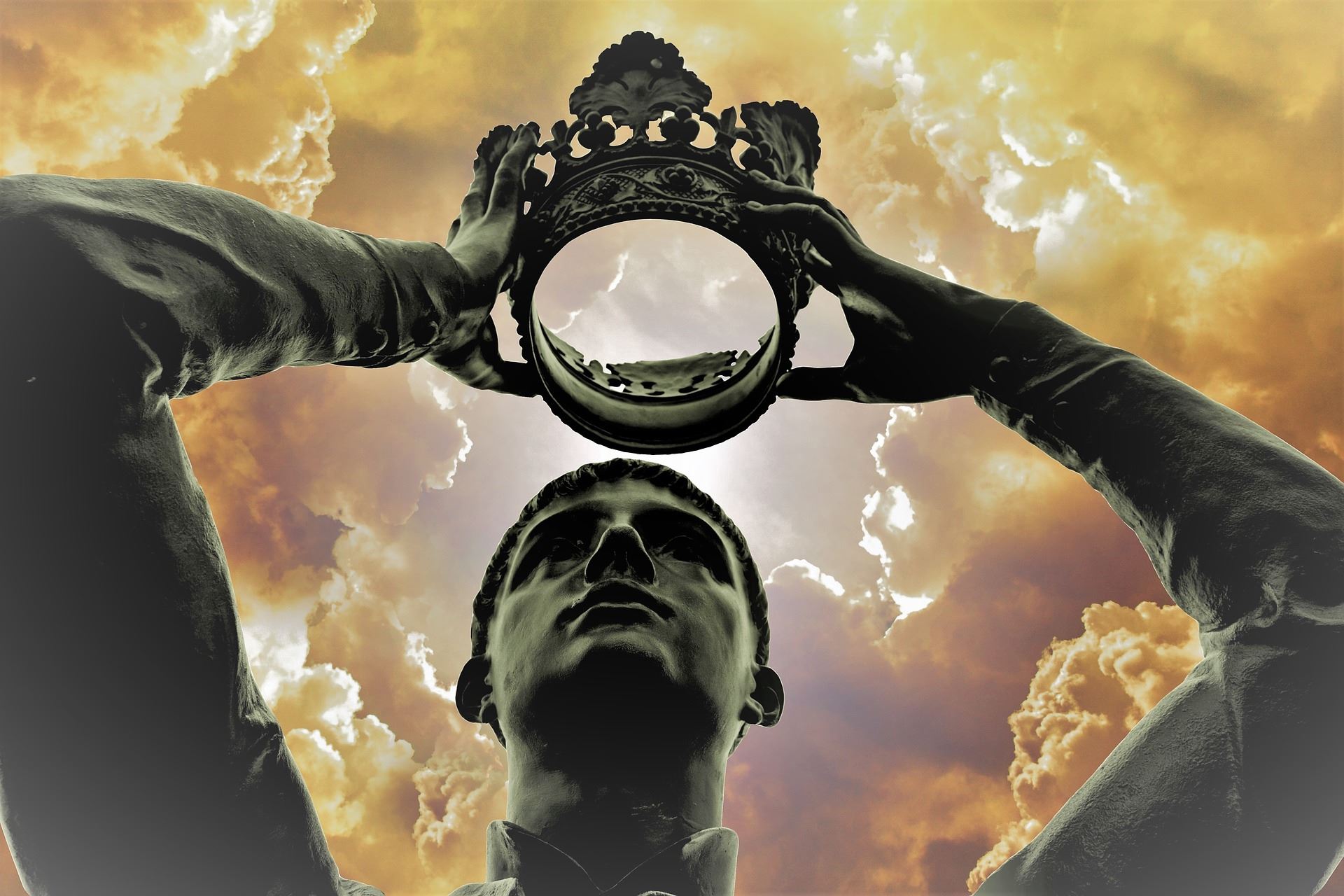- Home
- Learn
- Past Courses
- Shakespeare Macbeth Series
Shakespeare's Macbeth: Illuminating the Challenge of Evil A 5-Part Series The Association for Anthroposophic Psychology and the Eckersley Shakespeare Trust offer a collaborative exploration of Shakespeare's 'Macbeth' All classes are ONLINE from 10:00 am to 12:45 pm Eastern Time on the following dates. The series will be recorded for those who are unable to participate live. Time Zone Converter: https://www.timeanddate.com/worldclock/converter.html
|
Hecate ... Upon the corner of the moon --Macbeth Act III, Sc. 5 |
|
These lines from Shakespeare’s ‘Macbeth’ are voiced by the goddess Hecate and embrace her primary means of assailing the soul of Macbeth. Her minions have already foretold: ‘Though his bark cannot be lost / yet it shall be Tempest Tossed;’ (Act I, Scene 2) yet Hecate’s plan is to encompass more and ensnare Macbeth permanently.
The words above, especially the concluding lines: ‘And you all know, security / Is mortals’ chiefest enemy’ reveal a key insight into human frailty and expose the main thrust of her intent. They point to one of the soul’s most acute challenges on the arduous road to freedom, intentionality, and relationality: the challenge of ‘security.’ Considered carefully we can see how comprehensively this challenge operates in the varied realms of personal and civic life - often to the peril of humankind.
Works of literature can take us most directly into the realm of the psyche, and Shakespeare’s plays offer nothing less than the deepest exploration into the mysteries of the human soul within the context of the True Image of what it is to be Human. The challenge of evil in Shakespeare’s Macbeth takes us immediately into the intensity of this darkest of areas, daring us to look squarely at its character and even its meaning as, with courage, we enter the encounter. We are also led into further psychological fields: of sexuality, betrayal, illusion, power, guilt, isolation and abandonment, to mention some of the underlying motifs that come forward in the play. Importantly, however, we are led through deeper textual and psychological appreciations to discern how the guise of evil may become changed and alleviated through a careful approach to the play’s ‘Mystery’ content, one that touches secrets pertaining to the quest for Selfhood and Redemption.
The ‘architecture’ of this play, its geometrical and numerical structure, as elaborated in the lifelong research work of Sylvia Eckersley, creates in clear imaginative form a ‘temple space’ in which the drama of the play assumes its true proportions, drawing us into underlying themes and dynamics where intimate worlds of soul are illumined, distilled and transformed through new insight. As becomes the nature of a setting that encompasses the possibility of true soul exploration and transformation, the idea of ‘temple space’ is both fitting and accurate. Though not formed out of stone and mortar but out of inner imaginative structure, such ‘architecture’ is formed through a multiple of disciplines able to house the golden flow of verse, story, biographical encounter, text and subtext.
To achieve this, the structural elements of rhythm, proportion, symmetry and balance are utilized and also the shaping elements that the master builders and initiates referred to as sacred geometry. Importantly we are led through deeper textual and psychological appreciations to discern how the guise of evil may become lifted into the light of understanding and thereby changed from within.
We invite you to join this multidisciplinary exploration of the human soul via the portal into one of Shakespeare’s most profound Mystery Plays.
This work, in five webinar presentations, is guided by the core faculty of the Association for Anthroposophic Psychology (AAP):
- James Dyson, M.D.,
- Susan Overhauser, Ph.D.
- as well as by Alan Thewless (Waldorf teacher, astrosopher and curative educator) of both the Eckersley Shakespeare Trust and AAP.
This series includes offerings found in four of the Sections of the School of Spiritual Science: Humanities, Medical(psychology), Mathematics, and Performing Arts.

